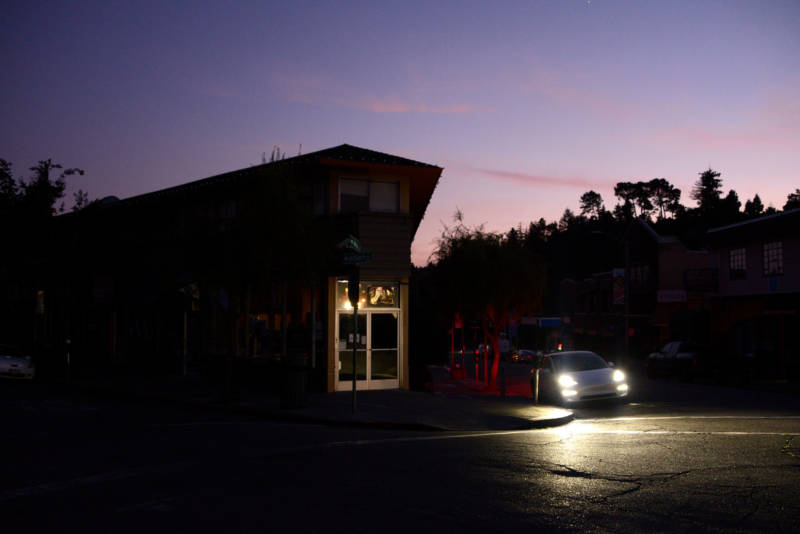State regulators responding to widespread concern over "public safety" blackouts imposed by the state's major power utilities last month voted Wednesday to launch a formal investigation of how the blackouts were conducted.
The five-member California Public Utilities Commission voted unanimously to launch the inquiry, which will look at how the big utilities — PG&E, Southern California Edison and San Diego Gas & Electric — planned for and executed the public safety power shutoffs, also called PSPS events.
"These sustained PSPS events cannot be the new normal for California," CPUC Chair Marybel Batjer said before the vote. "The frequency and scope of the PSPS events of 2019 impacted communities and in a profound way. It is imperative we do more to mitigate wildfire risk and reduce the use of PSPS in the future."
The heaviest scrutiny is likely to fall on PG&E, which cut power to 975,000 customers in the most widespread of four October shutoffs. The blackouts were vast compared to those imposed by SCE, which shut down power to 86,000 customers in its most extensive outage, and SDG&E, which cut electricity to about 24,000 customers in its biggest shutdown.

